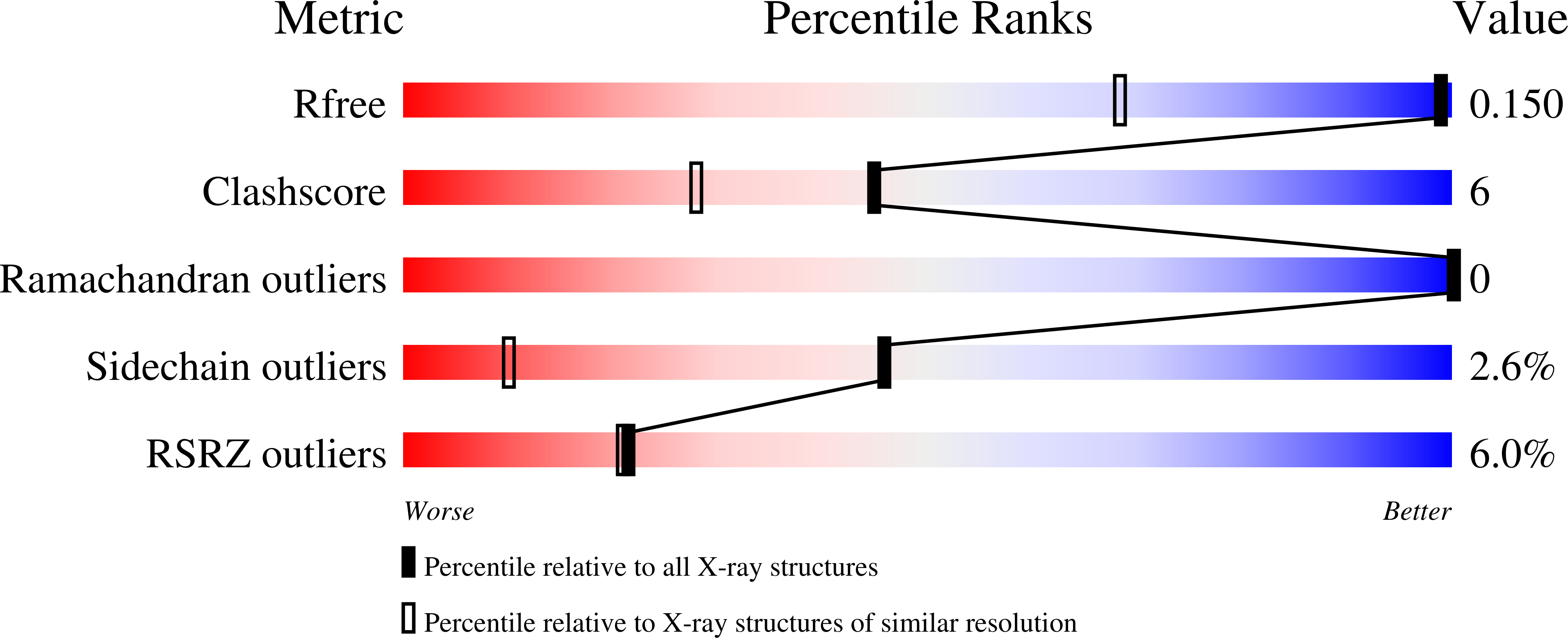
Deposition Date
2019-08-09
Release Date
2019-08-28
Last Version Date
2024-06-19
Entry Detail
PDB ID:
6SID
Keywords:
Title:
Crystal structure of the C-lobe of drosophila Arc 1 at atomic resolution
Biological Source:
Source Organism:
Drosophila melanogaster (Taxon ID: 7227)
Host Organism:
Method Details:
Experimental Method:
Resolution:
1.05 Å
R-Value Free:
0.15
R-Value Work:
0.13
Space Group:
C 2 2 21


